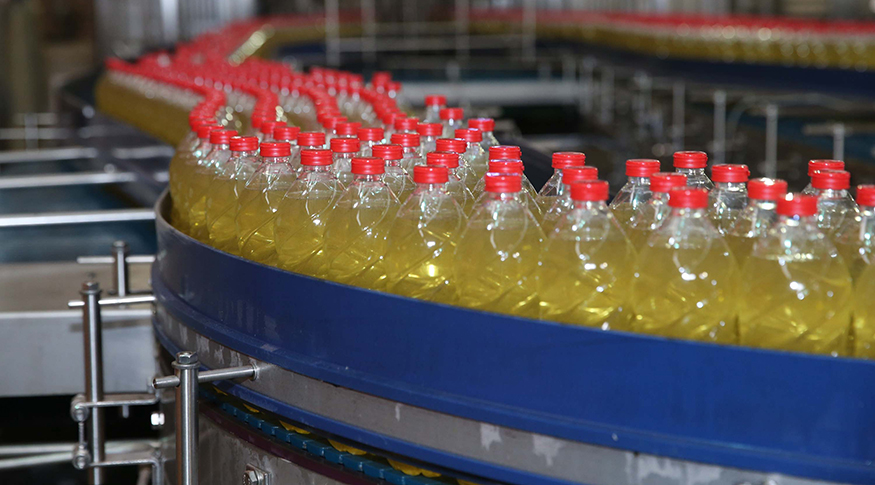IPP
Inflation in industry decelerates to 1.39% in November after record increase
January 05, 2021 09h00 AM | Last Updated: January 06, 2021 11h49 AM

Industry prices rose 1.39% in November 2020 against the previous month. Despite the increase, there was deceleration from the October result, when the index had recorded its biggest increase in the time series (3.41%) which started in 2014. Inflation in industry in November was the lowest in five months, but the indicator has recorded 16 increases in a row and rise in cumulative figures in the year (18.92%) and in the last 12 months (19.69%).
Data comes from the Producer Price Index (IPP), released today (5) by the IBGE, which measures the change in "factory-gate prices", without tax or freight, of 24 activities of the mining/quarrying and manufacturing industries. Cumulative figures are the highest in all the IPP time series since its start in January 2014.
In November, 19 of the 24 activities surveyed recorded positive changes in comparison with the previous month. But the main responsible for the rise of the index was food industry (2.76%).
“That sector represents about 25% of the IPP contribution, nevertheless, in November, change and relative weight, together, accounted for 0.71 percentage points from a total 1.39%, that is, more than half the result. And that is already the fourth consecutive increase in food prices, which have had, in the year, a cumulative increase of 32.01%, the biggest since 2010, and, in 12 months, of 35.19%,” says Manuel Souza Neto, manager of the IPP survey
He says that, despite the fall of dollar currency in November (by 3.7% against October), the external market still had an impact on prices of the sector, but there was also an influence from factors related to the foreign market.
“In the case of milk, for example, the offer in milk producers was unstable, in a year when climate was not adequate, and demand also remained unstable due to social distancing. Other relevant products to the result, such as soybean derivatives and sugarcane, had an impact from the period between harvests, in an environment of price rise in the foreign market,” the researcher highlights.
Other activities that had a great influence on the IPP result were oil refining and alcohol products (0.15 p.p.), basic metals (0.14 p.p.) and rubber and plastic (0.13 p.p.). But the biggest changes came from furniture (4.03%), rubber and plastic (3.58%), tobacco (-2.91%) and food products (2.76%).
Mining and quarrying industry, which had seven positive results up to Ocober, recorded a negative change in November (-2.05%). As a result, the cumulative index in the year fell from 50.31%, in October to 47.23%, in November. And, in terms of the cumulative index in 12 months, there was also a decrease: from 53.64% to 43.52%.
Chemical industry (0.79%) accounted for the fifth increase in a row, but the smallest positive change in the year. The sector had a cumulative change of 23.04% from January to November 2020, 28 p.p. above that in the same period in 2019 (-4.89%), being the highest in the IPP series, only below the figure in November (23.35%). In 12 months, the activity reached 20.90% of increase.


















